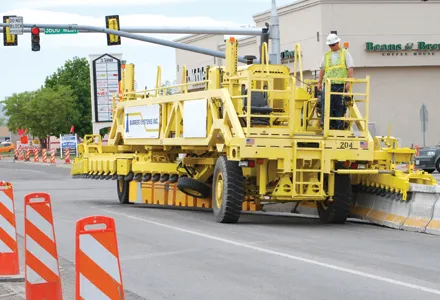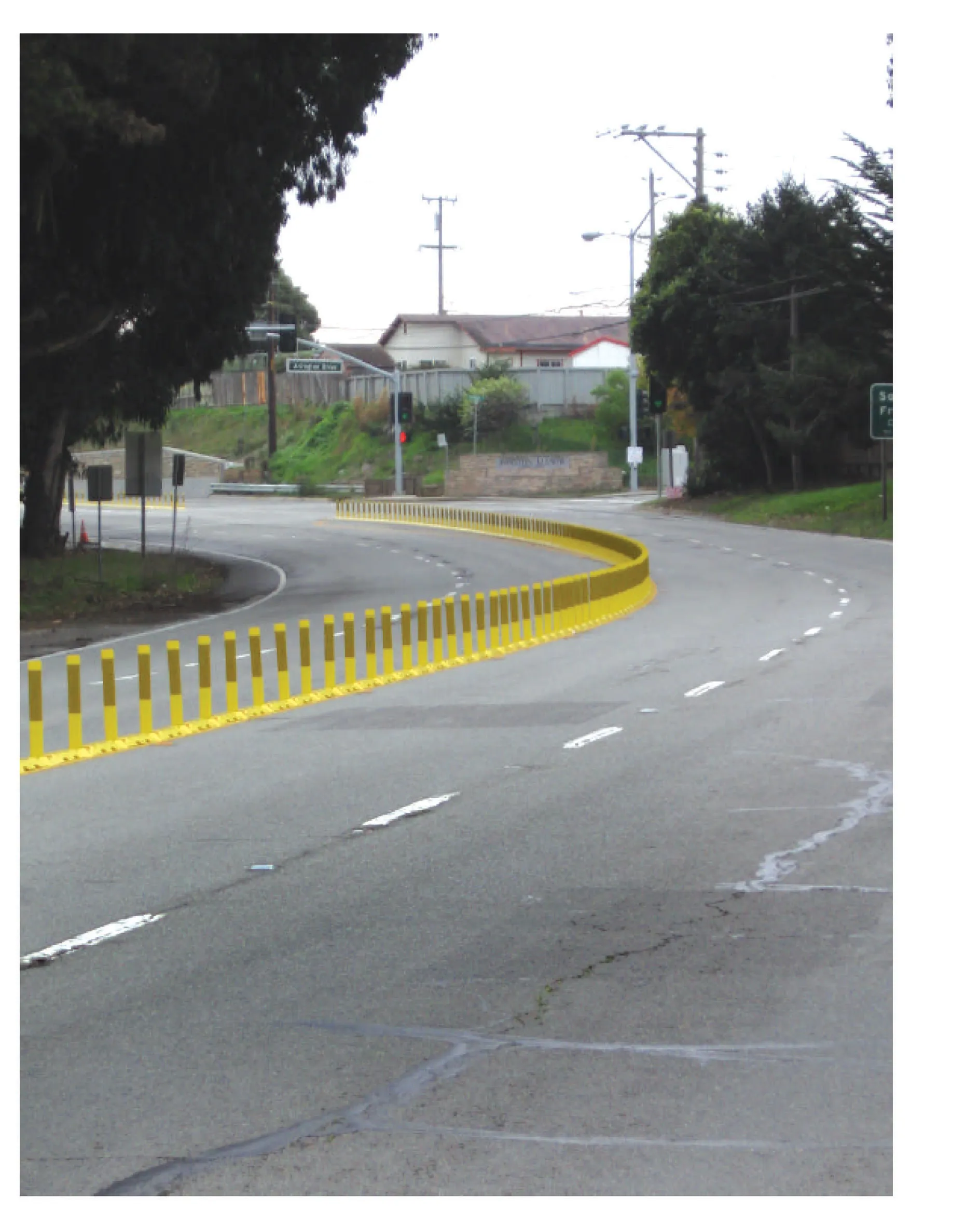Our series of profiles on winning projects from the 2010 Global Road Achievement (GRAA) Awards continues with the Construction Methodology Category won by Barrier Systems/Utah Department of Transportation
With any major road construction project, the disruption of traffic flow is of paramount concern for engineers, workers and travellers, particularly as it relates to increased traffic delays and the safety of those driving through the work zone.
February 13, 2012
Read time: 3 mins

Our series of profiles on winning projects from the 2010 Global Road Achievement (GRAA) Awards continues with the Construction Methodology Category won by Barrier Systems/Utah Department of Transportation
With any major road construction project, the disruption of traffic flow is of paramount concern for engineers, workers and travellers, particularly as it relates to increased traffic delays and the safety of those driving through the work zone.In the state of Utah, USA, work was recently completed on the 3500 South arterial in Salt Lake City, which was completely reconstructed by the Utah DoT (UDOT) Region 2 from the Bangerter Highway to 2700 West.
This busy corridor runs between 38,000-48,000 vehicles, and the first phase of the project called for two lanes to be open for traffic in each direction.
In order to keep traffic moving, plastic barrels were initially used to separate directional traffic and to delineate the work zone. The work zone area was confined and restricted and lacked positive protection. This created dangerous conditions as confused motorists occasionally turned into the work zone.
During the second phase of the project, therefore, Utah DOT addressed the serious twin challenges of traffic congestion caused by lane closures and the safety of drivers who were confused by changing traffic patterns.
Fortunately for UDOT, the
"Moveable concrete barriers have historically been used only on highways and bridges. This was the first time that a moveable barrier was used on a major arterial in the US," said Chris Sanders, President of Barrier Systems. "The moveable barrier allowed two lanes to remain open in the peak direction. And we used a total of only three lanes, instead of the four lanes required when using barrels," said Sanders.
With the expanded work zone, the contractor was able to use larger, more efficient equipment, and work unimpeded for longer periods of time while the barrier was in place. This resulted in the elimination of one complete phase of construction, reducing the total number of phases from three to two.
An evaluation of the project commissioned by UDOT reported that construction was thereby completed seven months early. This resulted in major savings in time-related overheads for the contractor, and approximately US$1.4 million in user delay cost savings for the agency and the motoring public.
The UDOT report conservatively estimated the total benefits of using the reversible lane with moveable barrier at approximately US$2.4 million, with an additional accident cost saving of US$1 million, and a benefit to cost ratio of 4:1.
The report further stated that if all benefits were considered, the moveable barrier installation would have a benefit to cost ratio of greater than 10:1.
The prestigious GRAA award was presented during the IRF 2011 Annual Awards Luncheon and accepted on behalf of UDOT by Randy Park, Chief Engineer, and by Chris Sanders, President of Barrier Systems.
"Barrier Systems is very proud to have pioneered the use of our moveable barriers in such an innovative manner. The cost-savings alone demonstrate the real value of the product and its deployment, but even more satisfying than the cost and time savings is the safer road conditions we were able to offer to the drivers," said Sanders.
"Receiving this award from a global organisation like the







